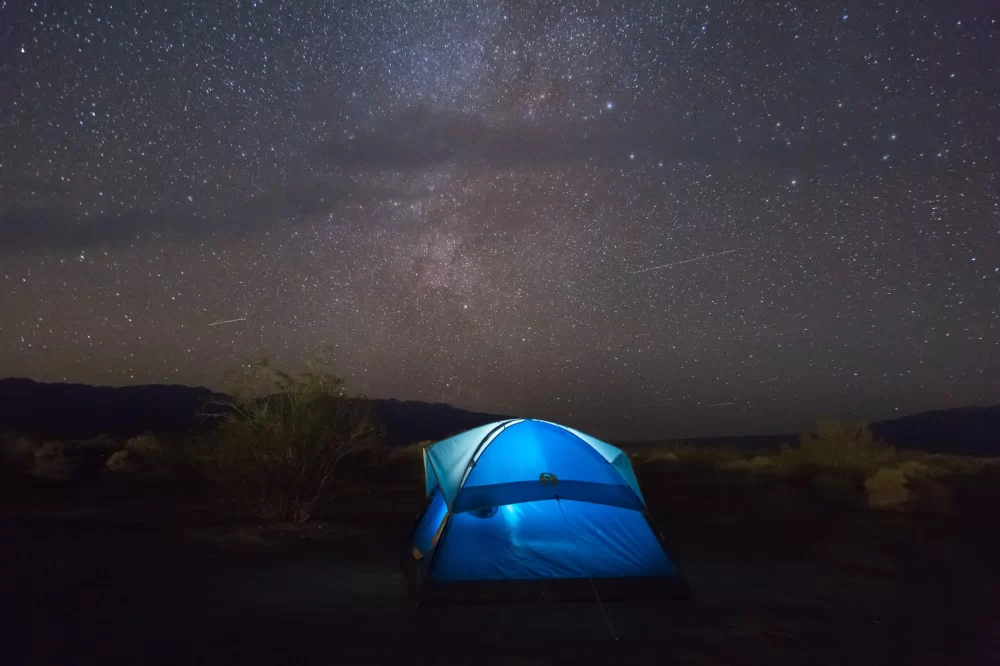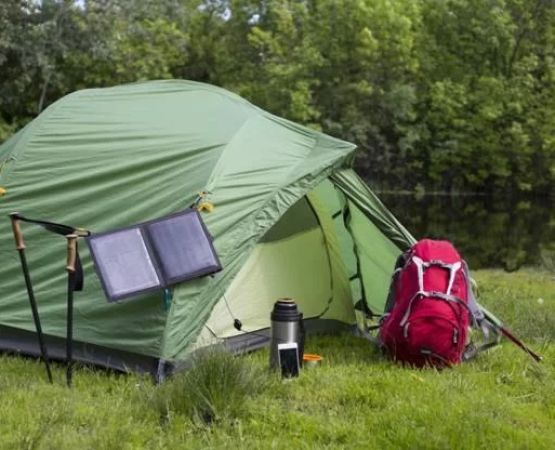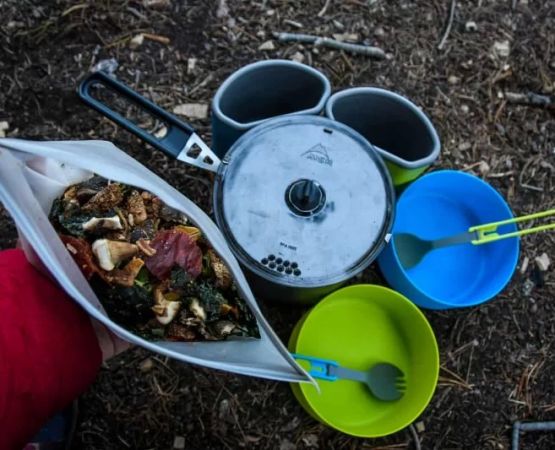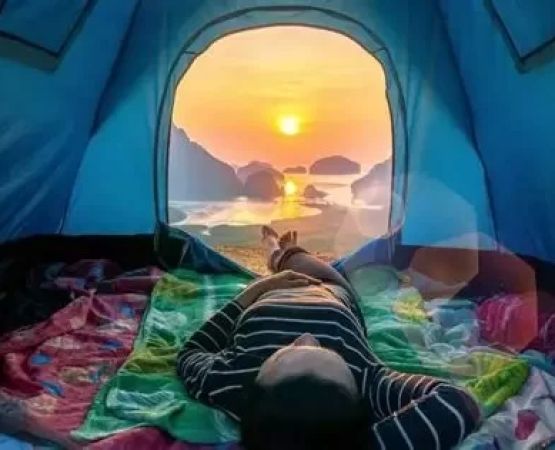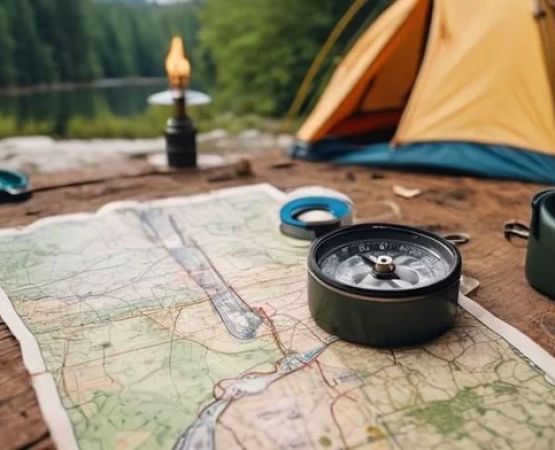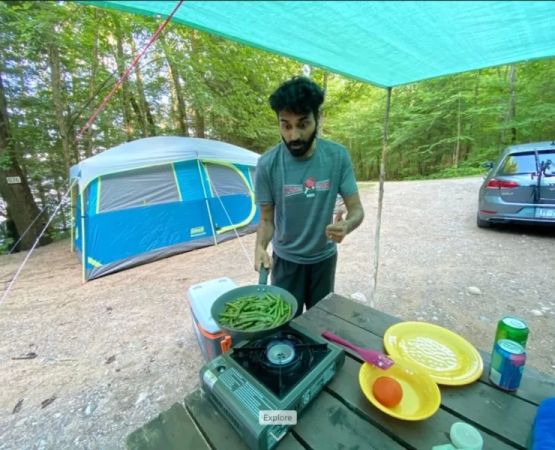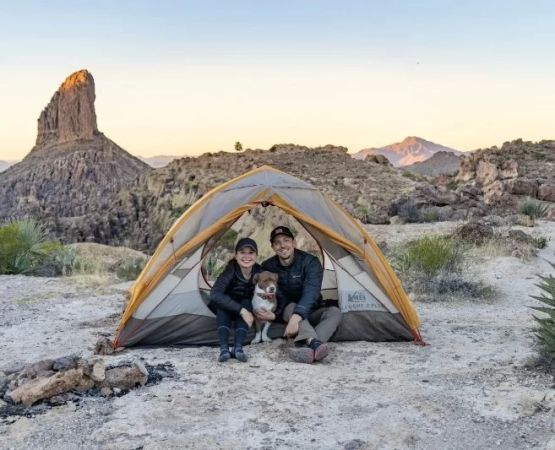Camping in Death Valley National Park – A Complete Adventure Guide
- Why Camp in Death Valley?
- Best Campsites in Death Valley
- What to Pack for Death Valley Camping
- Top Attractions Near Campsites
- Safety Tips for Camping in Death Valley
- Best Time to Camp in Death Valley
1. Why Camp in Death Valley?
Camping in Death Valley National Park offers a rare opportunity to experience one of the most extreme yet breathtaking landscapes in the United States. With its towering sand dunes, rugged canyons, and star-filled night skies, Death Valley provides a surreal camping adventure. Whether you're an avid hiker, photographer, or nature enthusiast, staying overnight in this vast desert allows for deeper exploration and an unparalleled connection to the wilderness.
2. Best Campsites in Death Valley
Death Valley has a mix of developed campgrounds and primitive backcountry sites, each offering unique experiences:
- Furnace Creek Campground: The most popular campsite with amenities like water, flush toilets, and RV hookups. It's also close to visitor centers and hiking trails.
- Mesquite Spring Campground: A quieter location with fewer crowds, offering spectacular stargazing opportunities.
- Texas Springs Campground: A first-come, first-served site, providing scenic views and easy access to Badwater Basin.
- Wildrose Campground: A higher-elevation site with cooler temperatures, ideal for those seeking relief from Death Valley’s heat.
- Backcountry Camping: For the ultimate adventure, Death Valley permits dispersed camping in designated areas, allowing campers to truly immerse themselves in the wilderness.
3. What to Pack for Death Valley Camping
Due to its harsh desert environment, preparing the right gear is crucial for a safe and enjoyable trip:
- Water Supply: At least one gallon per person per day, as water sources are scarce.
- Sun Protection: Sunscreen, sunglasses, a wide-brim hat, and lightweight long-sleeved clothing.
- Warm Layers: Despite scorching daytime temperatures, nights can be chilly.
- Navigation Tools: A physical map, compass, and GPS device to avoid getting lost in remote areas.
- Emergency Supplies: A first-aid kit, flashlight, extra batteries, and a satellite phone if venturing far from campgrounds.
4. Top Attractions Near Campsites
Death Valley’s vastness is home to some of the most iconic natural landmarks, many of which are easily accessible from the campgrounds:
- Badwater Basin: The lowest point in North America, with striking salt flats that stretch endlessly.
- Zabriskie Point: A must-visit at sunrise or sunset for stunning views of the golden badlands.
- Mesquite Flat Sand Dunes: Perfect for photography, sandboarding, and sunrise hikes.
- Artist’s Palette: A colorful landscape caused by mineral deposits, best viewed in the late afternoon light.
- Dante’s View: A panoramic overlook providing breathtaking views of the valley floor below.
5. Safety Tips for Camping in Death Valley
Death Valley's extreme conditions require extra caution. Here are essential safety tips for your trip:
- Hydration: Always carry and drink plenty of water to prevent dehydration.
- Avoid Hiking in Peak Heat: Temperatures can exceed 120°F (49°C) in summer. Plan hikes for early morning or late afternoon.
- Check Weather Conditions: Flash floods can occur in rare rainstorms, so monitor forecasts before heading out.
- Respect Wildlife: While encounters are rare, be aware of rattlesnakes, scorpions, and coyotes.
- Fuel Up: Gas stations are sparse, so always have a full tank before entering the park.
6. Best Time to Camp in Death Valley
The best time for camping in Death Valley is from late fall to early spring when temperatures are more manageable. October through April offers cooler days and crisp nights, making it ideal for exploring without the risk of extreme heat. Summer camping is not recommended due to the dangerously high temperatures.

